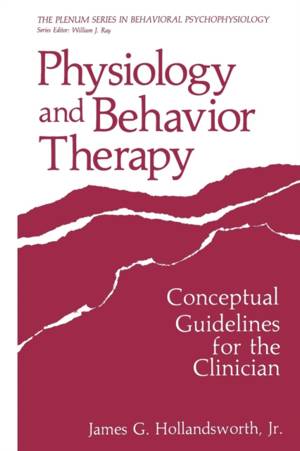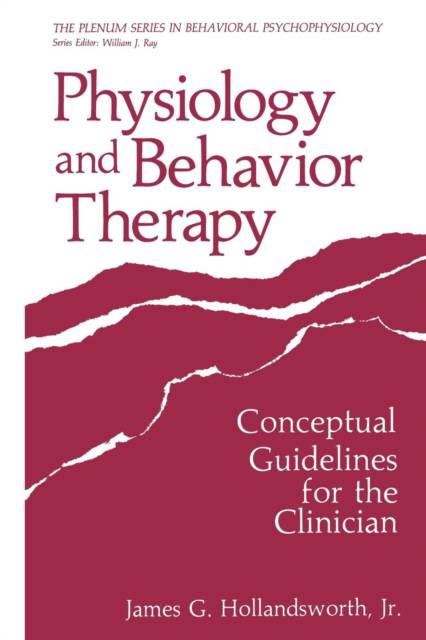
- Afhalen na 1 uur in een winkel met voorraad
- Gratis thuislevering in België vanaf € 30
- Ruim aanbod met 7 miljoen producten
- Afhalen na 1 uur in een winkel met voorraad
- Gratis thuislevering in België vanaf € 30
- Ruim aanbod met 7 miljoen producten
Zoeken
€ 83,95
+ 167 punten
Omschrijving
Despite the widespread use of psychophysiological concepts and meth- ods in behavior therapy, there is no text devoted specifically to the subject. The publication of this book is necessary and timely, and should promote a better appreciation of the physiological roots of behavior therapy. The important connections between physiology and behavior thera- py receive insufficient recognition nowadays, despite the fact that his- torically one of the two main streams of behavior therapy grew out of a physiological basis. Wolpe's early work was closely connected to phys- iology, and in contemporary behavior therapy, Lang's critical contribu- tion is firmly based in psychophysiology. The physiological component is prominent in Lang's highly productive three-systems analysis of emo- tion and in its application to psychological disorders. In addition, there are philosophical reasons for maintaining the close connection between behavior therapy and physiology. The existence of these connections, and their justification, can raise few objections, and it is therefore curious that a book on this significant subject has not appeared earlier. The importance of physiology for behavior therapy can be illus- trated by considering the nature of a behavior therapy deprived of its physiological connections. It would survive, certainly, but as a rather scrawny, uninteresting orphan among many clamorous competitors.
Specificaties
Betrokkenen
- Auteur(s):
- Uitgeverij:
Inhoud
- Aantal bladzijden:
- 256
- Taal:
- Engels
- Reeks:
Eigenschappen
- Productcode (EAN):
- 9781468470253
- Verschijningsdatum:
- 16/04/2012
- Uitvoering:
- Paperback
- Formaat:
- Trade paperback (VS)
- Afmetingen:
- 152 mm x 229 mm
- Gewicht:
- 353 g

Alleen bij Standaard Boekhandel
+ 167 punten op je klantenkaart van Standaard Boekhandel
Beoordelingen
We publiceren alleen reviews die voldoen aan de voorwaarden voor reviews. Bekijk onze voorwaarden voor reviews.











